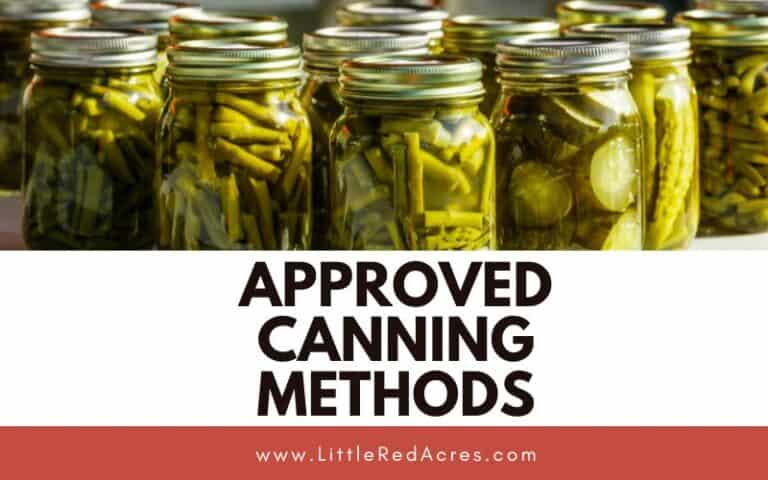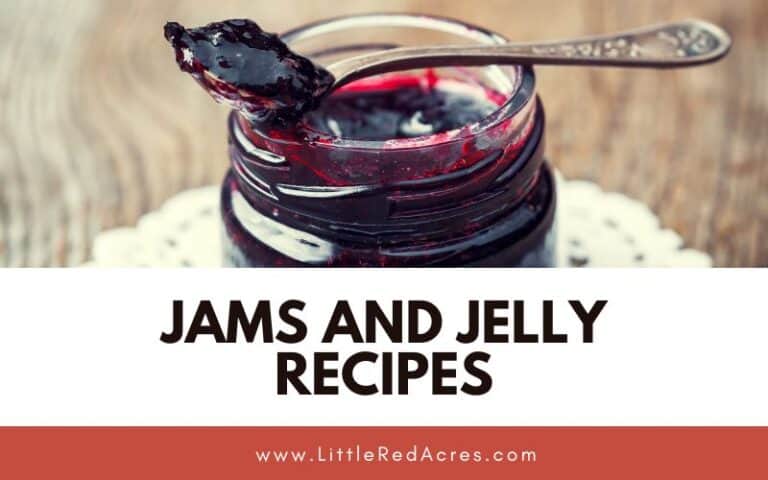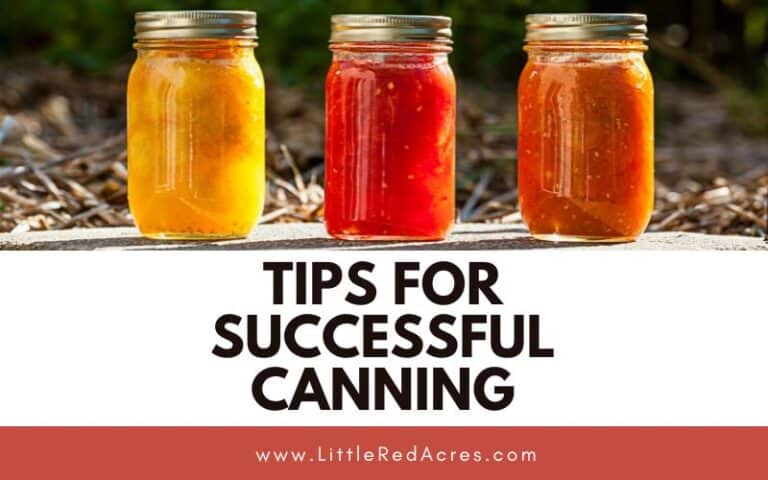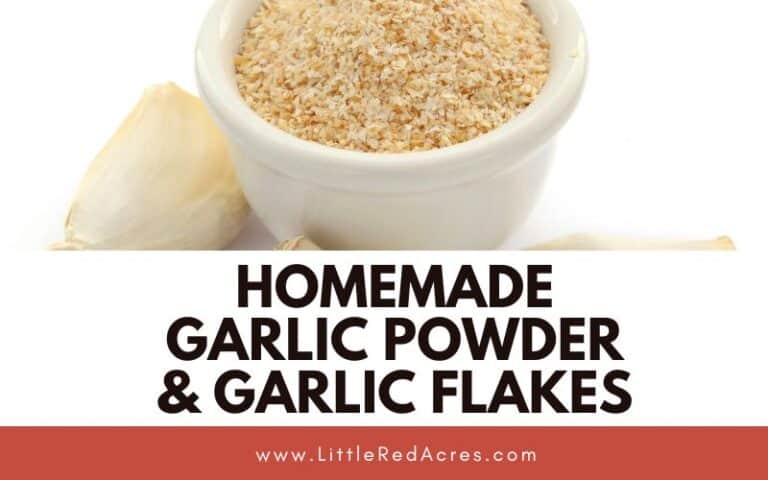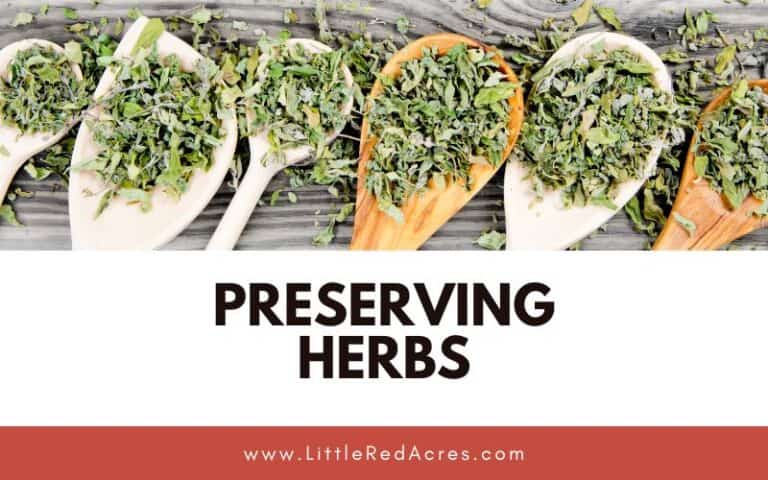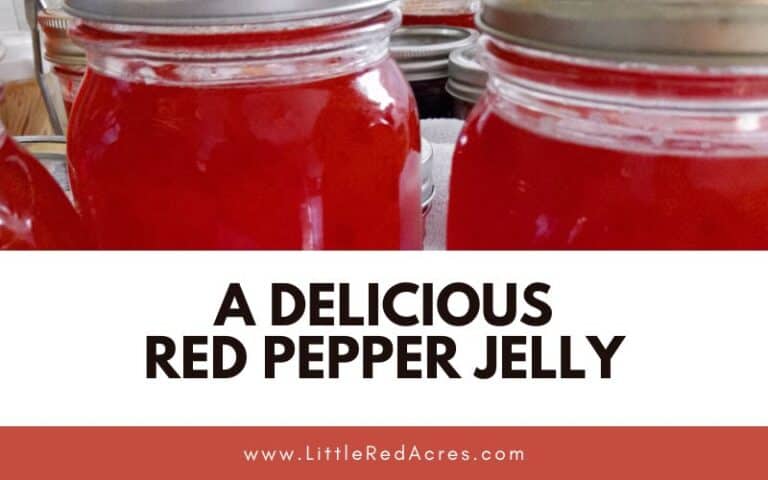What Vegetables Need to Be Pressure Canned
Inside: Discover why low-acid veggies like corn and beans need pressure canning for safety and preservation. Learn the essentials today.
Canning vegetables is a popular method for preserving the harvest and ensuring a steady supply of homegrown produce throughout the year. While some vegetables can be safely canned using the water bath method, others require pressure canning to eliminate the risk of bacterial contamination and spoilage.
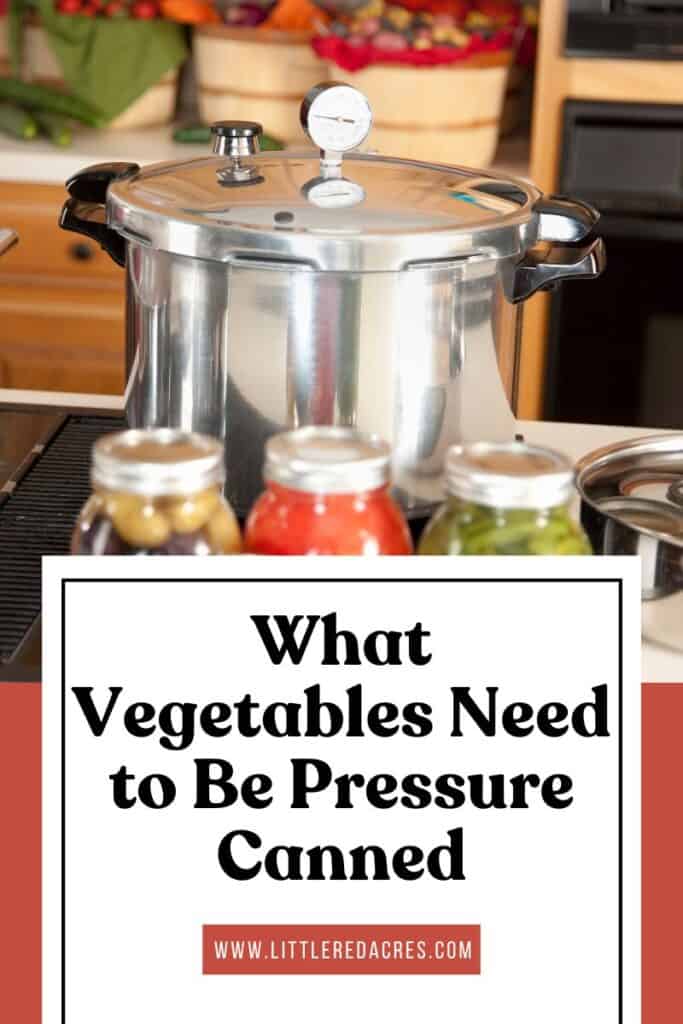
This post may contain affiliate links, see my disclosure policy for more information.
What Vegetables Need to Be Pressure Canned
There are definitely “rebel” canners out there who are doing things the same way they have always done it and aren't pressure-canning these vegetables. Guess what? I'm not going to tell them they are doing something wrong or how to do it. But I am encouraging everyone to be safe, and make sure your food is safe.
Get updates & freebies delivered to your inbox!
Vegetables That Require Pressure Canning
Certain vegetables need to be pressure canned instead of water-bathed due to their low acidity. Pressure canning is a method that uses high pressure and temperature to reach the necessary level of heat for killing harmful bacteria, particularly Clostridium botulinum.
Be safe, follow the instructions in your recipe.
Corn: Corn is a low-acid vegetable and must be pressure canned to prevent the growth of bacteria. You can can it as whole kernels or cream-style.
Beans: Whether it's green beans, wax beans, or any other type of bean, pressure canning is necessary due to their low acidity.
Carrots: Carrots are a popular choice for canning, but they are also low-acid and should be pressure-canned to ensure safety.
Peas: Peas are another low-acid vegetable that requires pressure canning for long-term storage.
Potatoes: Potatoes can be canned, but they need to be pressure canned to avoid botulism risks.
Beets: Beets are versatile and can be pressure canned to preserve their earthy goodness.
Asparagus: This springtime favorite should be pressure canned to maintain its quality.
Mushrooms: While mushrooms are fungi, they are also low-acid and should be pressure canned for safety.
Mixed Vegetables: If you're canning a mixture of low-acid vegetables, it's essential to use pressure canning to protect against contamination.
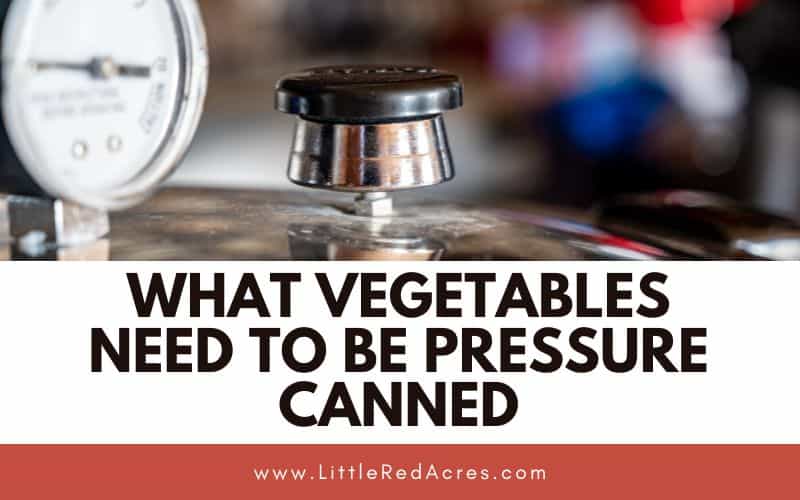
The Pressure Canning Process
Here's a simplified overview of the pressure canning process:
- Prepare Your Vegetables: Clean, peel (if necessary), and cut your vegetables into appropriate sizes.
- Pack Jars: Pack the prepared vegetables into sterilized canning jars, leaving the recommended headspace.
- Add Liquid: Cover the vegetables with boiling water or a suitable liquid like vegetable broth.
- Seal Jars: Wipe the jar rims, apply lids and bands, and tighten until they are fingertip-tight.
- Load the Canner: Place the jars in the pressure canner with the appropriate amount of water.
- Secure the Lid: Seal the canner with its lid and follow the manufacturer's instructions for pressurizing.
- Process at the Right Pressure: Maintain the recommended pressure for the required time, adjusting heat as needed.
- Cool and Store: After processing, allow the canner to cool naturally, remove the jars, and store them in a cool, dark, and dry place.
I don't have a pressure canner, it's on my homestead wish list. I am still water bath canning over here though. Because I am only canning high acidic foods such as pizza sauce, or mustard pickles.
High-acid foods like fruits and some pickled vegetables have a natural pH level below 4.6, which makes them less susceptible to the growth of harmful bacteria. These foods can be safely preserved using the water bath canning method, which relies on the natural acidity of the ingredients to inhibit bacterial growth.
Pressure canning is a necessary method for low-acid vegetables because it provides the high heat and pressure needed to eliminate the risk of botulism and other spoilage organisms.
Safety should always be the priority when canning, and following recommended procedures and guidelines is essential to ensure that your preserved vegetables are safe to eat.
Frequently Asked Questions

Want More?
A Beginner’s Guide to Pressure Canning Vegetables
Canning Recipes From Your Garden

